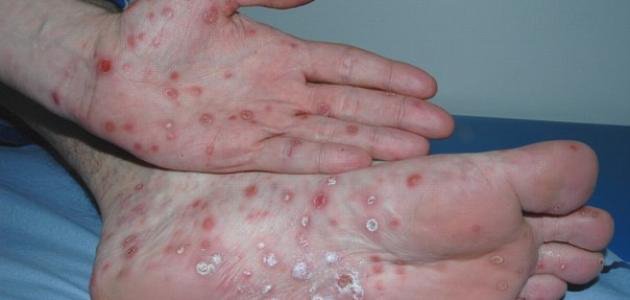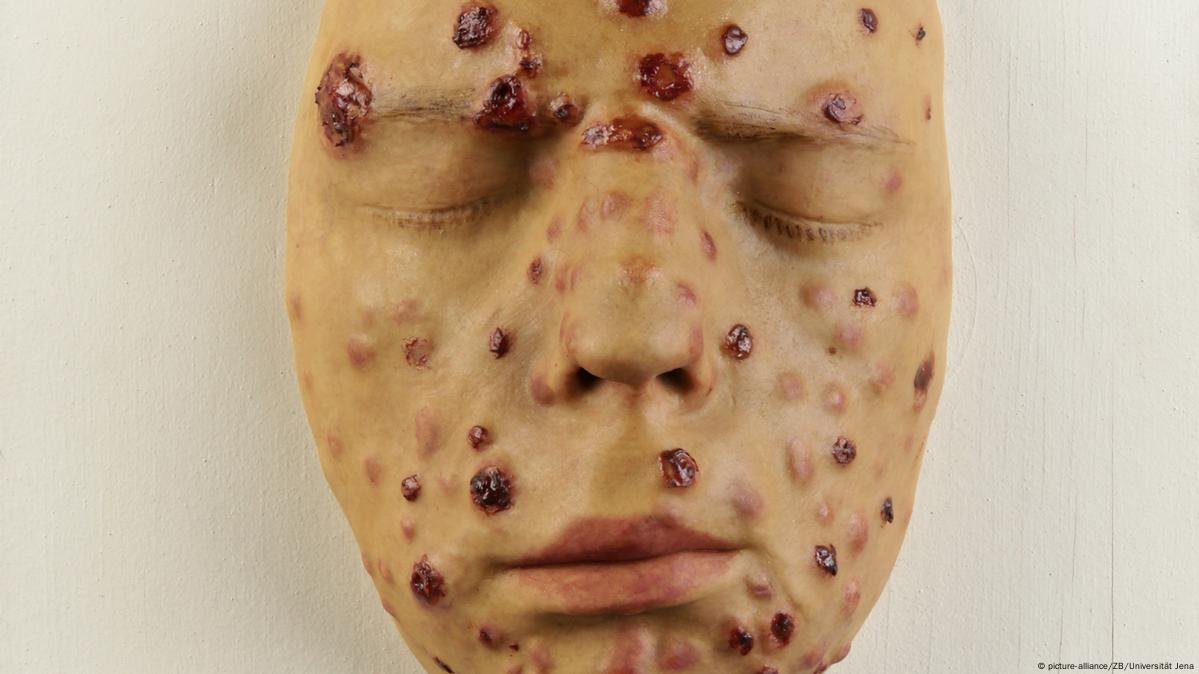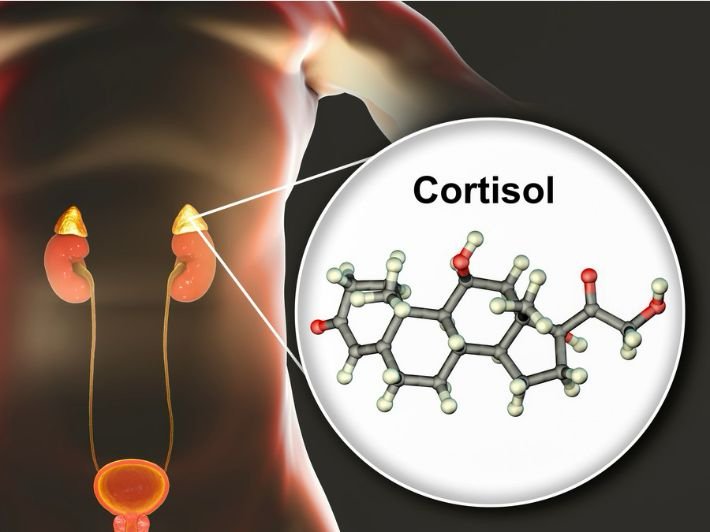Syphilis is a serious sexually transmitted infection (STI) that has afflicted millions worldwide for centuries. Despite advances in medical science, syphilis remains a significant public health issue, with millions of new cases diagnosed each year. This article will explore the causes, symptoms, stages, treatment, and prevention of syphilis, providing a scientifically backed guide for readers looking to understand this infection and how to protect themselves.
What is Syphilis?

Syphilis is caused by the bacterium Treponema pallidum. It spreads primarily through sexual contact, although it can also be transmitted from mother to child during pregnancy or childbirth. Syphilis is unique in its presentation, as it progresses through distinct stages if left untreated, each with its own set of symptoms and potential complications. It’s crucial to detect and treat syphilis early to avoid severe health consequences.
Syphilis can infect both men and women, and although it is treatable, it can lead to significant long-term health problems if left untreated, including damage to the heart, brain, and other organs. The infection often goes undetected due to its subtle symptoms in the early stages, which is why regular screening is essential for those at risk.
The Stages of Syphilis
Syphilis develops in stages, and each stage has distinct symptoms. The infection progresses through four stages: primary, secondary, latent, and tertiary.
Primary Syphilis
The first stage, primary syphilis, typically begins with a painless sore or ulcer known as a chancre at the site where the bacterium entered the body. The chancre usually appears about three weeks after exposure, but it can take anywhere from 10 to 90 days to develop. The sore is often unnoticed because it is painless, and it may heal on its own within a few weeks. However, the healing of the sore does not mean the infection is gone.
Secondary Syphilis
If left untreated, primary syphilis progresses to secondary syphilis. This stage is characterized by a skin rash, which may appear on the palms of the hands and soles of the feet, but it can also occur on other parts of the body. Other symptoms of secondary syphilis may include:
- Fever
- Swollen Lymph Nodes
- Sore Throat
- Fatigue
- Hair Loss
- Weight Loss
These symptoms may come and go, but without treatment, the infection will continue to progress.
Latent Syphilis
After the secondary stage, syphilis enters the latent stage, where no symptoms are present. The infection is still in the body, but it remains dormant. Latent syphilis can last for years, and it may never progress to the tertiary stage in some individuals. However, during the early latent phase, syphilis can still be transmitted to sexual partners. Regular testing is essential to detect and treat the infection during this asymptomatic phase.
Tertiary Syphilis
If syphilis remains untreated, it can progress to the tertiary stage, which is the most severe. This stage can occur years or even decades after the initial infection. Tertiary syphilis can cause severe damage to various organs, including the heart, brain, and nerves, leading to conditions such as:
- Cardiovascular Damage
- Neurological Disorders (including paralysis, dementia, and blindness)
- Gummatous Lesions (soft, tumor-like growths in tissues and bones)
At this stage, syphilis can be life-threatening, but it is preventable with timely diagnosis and treatment.
Congenital Syphilis
Syphilis can also be transmitted from an infected mother to her unborn child during pregnancy, leading to congenital syphilis. This can result in miscarriage, stillbirth, or severe complications for the newborn, such as deformities, neurological issues, or even death. Early prenatal screening and treatment are crucial to prevent congenital syphilis.
Diagnosis of Syphilis
Diagnosing syphilis requires a series of blood tests. The two most common tests include:
- Nontreponemal Tests: These include the Rapid Plasma Reagin (RPR) and Venereal Disease Research Laboratory (VDRL) tests. These detect antibodies produced by the body in response to the syphilis infection.
- Treponemal Tests: Once a nontreponemal test has detected the presence of syphilis, a treponemal test, such as the Fluorescent Treponemal Antibody Absorption (FTA-ABS) test, is used to confirm the diagnosis.
Early diagnosis is critical in preventing the progression of syphilis and the severe health complications associated with the later stages.
Treatment for Syphilis
Syphilis is curable, particularly when detected and treated early. The treatment of choice for all stages of syphilis is antibiotics, specifically:
- Penicillin G: A single intramuscular injection of penicillin is typically sufficient to cure early-stage syphilis. For individuals allergic to penicillin, alternative antibiotics, such as doxycycline or azithromycin, may be prescribed. However, penicillin remains the most effective treatment.
For individuals with late-stage syphilis or those who have had the infection for more than a year, multiple doses of penicillin over a few weeks may be necessary. In cases of neurological syphilis, intravenous antibiotics may be required.
It’s important to note that while antibiotics can cure the infection, they cannot reverse any damage that has already been done by the infection, particularly in the tertiary stage.
Prevention of Syphilis
Preventing syphilis is possible by practicing safe sexual behaviors and taking precautions. Some key strategies include:
- Consistent Condom Use: Using condoms during vaginal, anal, and oral sex significantly reduces the risk of contracting syphilis and other STIs.
- Regular STI Testing: For sexually active individuals, especially those with multiple partners, regular testing is essential for early detection and treatment of syphilis.
- Limiting Sexual Partners: Reducing the number of sexual partners can lower the risk of exposure to syphilis and other STIs.
- Mutual Monogamy: Engaging in a mutually monogamous relationship with a partner who has been tested and is free of STIs is an effective way to prevent syphilis transmission.
Additionally, pregnant women should undergo routine screening for syphilis to prevent congenital syphilis and its associated complications.
The Importance of Awareness and Education
Public awareness and education about syphilis and other STIs are vital to reducing the spread of these infections. Many individuals may not realize they are infected due to the subtle or absent symptoms in the early stages. Educating the public about the importance of regular testing, safe sex practices, and early treatment can significantly reduce the prevalence of syphilis and other STIs.
Conclusion
Syphilis is a treatable infection, but it can lead to severe, life-threatening complications if left untreated. By understanding the symptoms, stages, treatment options, and preventive measures, individuals can protect themselves and their partners from the potentially devastating effects of this infection. Early diagnosis and timely treatment are key to preventing the long-term damage that syphilis can cause. Regular screening, practicing safe sex, and staying informed about STIs are essential steps toward a healthier, syphilis-free future.
For more in-depth information and reliable sources, visit:
- Centers for Disease Control and Prevention – Syphilis
- World Health Organization – Sexually Transmitted Infections
- Mayo Clinic – Syphilis Overview
These resources provide scientifically backed insights on syphilis, its prevention, and treatment, contributing to public health awareness.



